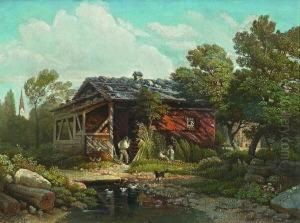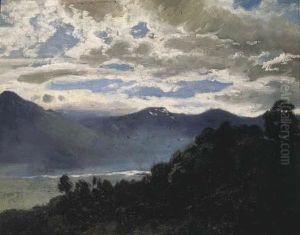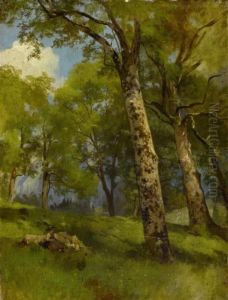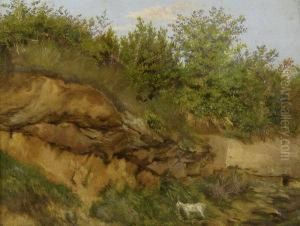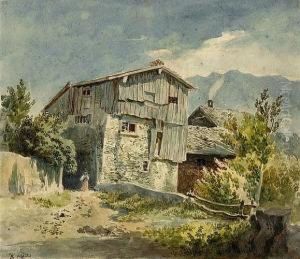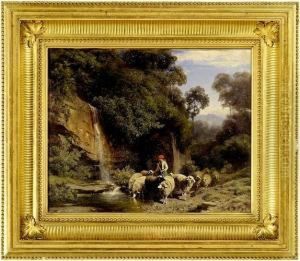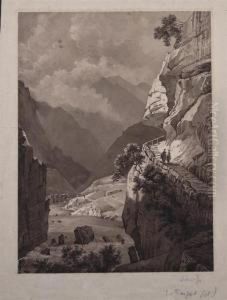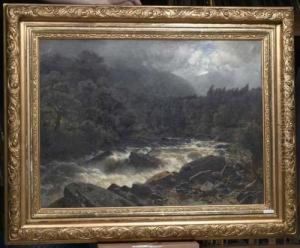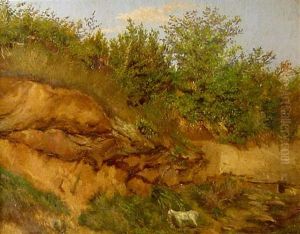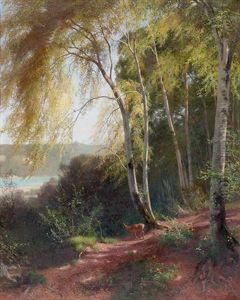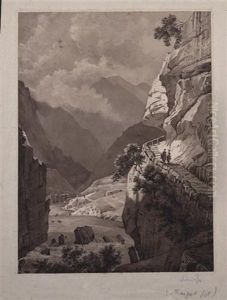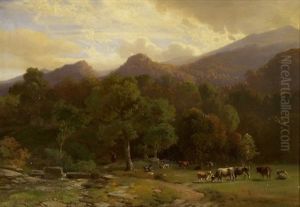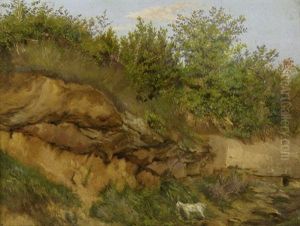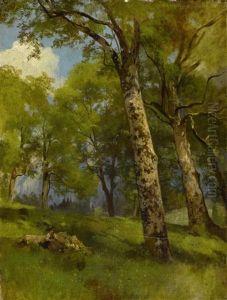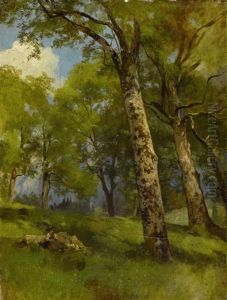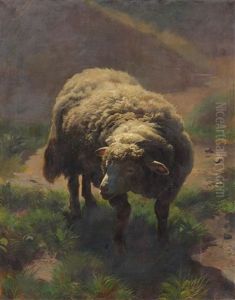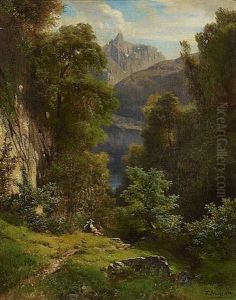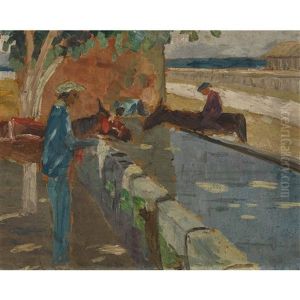Traugott Schiess Paintings
Traugott Schiess was a Swiss artist whose work and contributions to art history span the late 18th and early 19th centuries. Born in 1778 in Switzerland, Schiess emerged in a period marked by significant transitions in European art, notably the move from the Rococo style, characterized by ornate and intricate details, to Neoclassicism, which embraced clarity, simplicity, and an inspiration from the classical art of Greece and Rome. Although not as widely recognized as some of his contemporaries, Schiess's work provides valuable insights into the aesthetic shifts and cultural concerns of his time. Schiess's artistic output, while not extensively documented in mainstream art history, reflects the broader trends of his era, incorporating elements of both the fading Rococo style and the emerging Neoclassical sensibilities. His works, which include both paintings and sculptures, often explore themes of nature, mythology, and the human condition, showcasing a versatility and depth of understanding of the human form and its expressions. Schiess was also known for his landscapes, which capture the sublime beauty of the Swiss countryside, reflecting a pre-Romantic sensibility that would later become prominent in European art. Throughout his career, Traugott Schiess remained dedicated to his craft, contributing to the cultural and artistic life of Switzerland. Despite facing the challenges of an evolving art world and the overshadowing fame of others, Schiess continued to produce works that were appreciated for their beauty and emotional depth. After his death in 1860, Schiess's contributions to Swiss art began to be more widely recognized, with historians and collectors acknowledging his role in the development of 19th-century European art. Today, while still not a household name, Traugott Schiess is celebrated for his contributions to the Swiss artistic heritage and the broader narrative of European art history.
